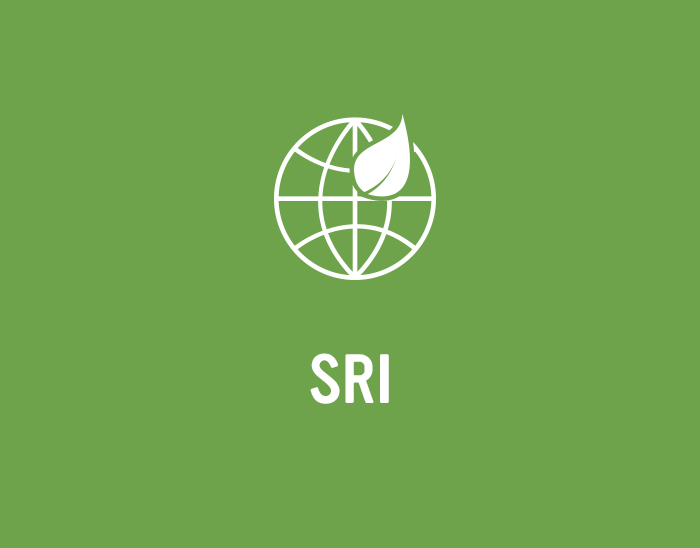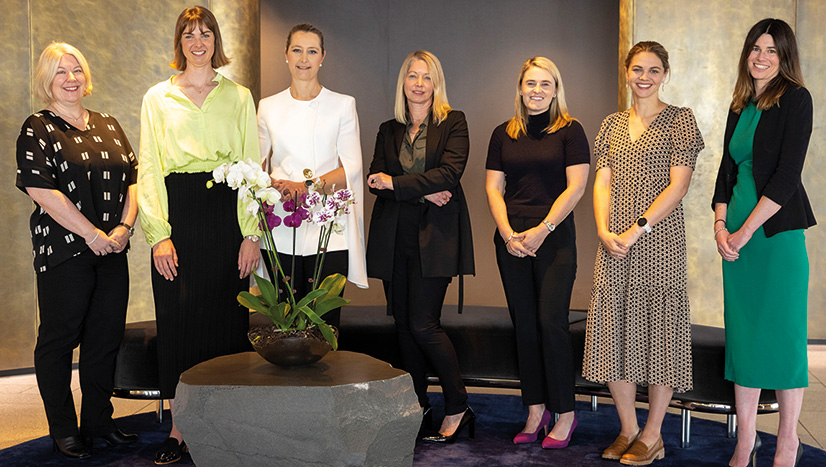
Institutional investors circling social-benefit surge
The arranger of Australia’s latest social benefit bond (SBB) says institutional investors are taking a more proactive interest in the asset class – though substantial allocations remain a work in progress. The frequency of impact-investment transactions has grown in 2017, but to attract the institutional investor base market participants say more scale is still needed.
Early in September, leading social-purpose organisation Life Without Barriers launched a A$8.2 million (US$6.5 million) SBB. The transaction is the first time the Queensland government has issued an SBB that seeks to reduce reoffending in young people. The transaction was arranged by National Australia Bank (NAB).
Investors in the bond will fund the establishment of Queensland’s first multisystemic therapy (MST) programme. MST helps young offenders and their families deal with family functioning, school participation and substance abuse, and targets high-risk young people aged 10-16 located in Brisbane and surrounding areas.
The goal of the Life Without Barriers programme is to seek at least a 25 per cent reduction in the reoffending behaviour of young people who have been given a court order in South-East Queensland.
The statistical likelihood of reoffending is high, as James Waddell, director of capital markets origination at NAB in Sydney, tells KangaNews. “If the amount of offending in the 18 months prior to a child being given their first court order is ‘one’ their reoffending behaviour can be expected to be 1.89 – in other words, an 89 per cent increase in the likelihood of reoffending from this young person.”
Making a difference
SBBs were first used in 2010, in the UK, and takeup in Australia has been gradual but increasing in pace. The very first was a £5 million (US$6.8 million) SBB designed to reduce recidivism among short-sentenced male prisoners leaving Peterborough Prison.
Australia’s first SBB was issued by The Benevolent Society in 2013. The bond enjoyed an implicit guarantee from the government of New South Wales and proceeds were drawn over five years to provide family preservation services aimed at preventing children from going into foster care. Since this time, the number of programmes facilitating the private-sector financing of social projects has grown considerably (see table below), ramping up exponentially in 2017.
Australian impact-investment bond projects
| Year | Organisation | Programme | Volume (A$m) | State | Purpose of financing |
|---|---|---|---|---|---|
| 2013 | Uniting Care | New Parent Infant Network | 7 | NSW | Diverting children from out-of-home care. |
| 2013 | The Benevolent Society | Resilient Families | 10 | NSW | Supporting families of children at risk of going into care. |
| 2017 | Uniting Care | New Parent Infant Network | 6 | Queensland | Addressing indigenous disadvantage via a programme to reunify children living in out-of-home care with their families. |
| 2017 | Flourish Australia | Resolve | 7 | NSW | Improving the lives of people with a lived experience of mental-health issues. |
| 2017 | Churches of Christ | Youth CONNECT | 5 | Queensland | Supporting young existing statutory care and are homeless or at risk of homelessness. |
| 2017 | Social Ventures Australia | Aspire Programme | 9 | South Australia | Building independence and resilience of people experiencing homelessness. |
| 2017 | Life Without Barriers | MST Programme | 8.2 | Queensland | Reduce the risk of reoffending for young people in South-East Queensland. |
Source: National Australia Bank 27 September 2017
KangaNews also understands at least two more social benefit programmes are under development in each of Victoria and New South Wales (NSW). These include Sacred Heart Mission’s SBB to deliver better outcomes for people experiencing long-term homelessness though its Journey to Social Inclusion programme in Victoria.
In NSW, there is a social-impact investment by Social Ventures Australia with the aim of achieving better outcomes for vulnerable children through early learning and family support. The Office of Social Impact Investment has also reopened requests for proposals on a similar investment that will target high-need youth in regions of high unemployment.
Positive outcomes
SBBs are designed to secure attractive returns while generating a positive impact on pressing social issues. Waddell suggests the financial structure that sits around these transactions – including security provided – is crucial in their success because exposure to performance risk comes with seeking a return.
“The performance risk is typically about the intervention not achieving set targets,” he explains. “MST has a track record of delivering reductions in reoffending of 25-70 per cent of children. For this reason, we negotiated a baseline performance measure at a 25 per cent reduction in reoffending.”
The A$8.2 million bond will pay a minimum coupon of 3 per cent over its 6.75-year life, with increased coupon payments from the third year onwards dependent upon the reduction in frequency of offending once the 25 per cent threshold being met.
“There is a minimum coupon because typically investors will expect some form of return,” Waddell acknowledges. “But what is needed is a period of behaviour observation long enough to measure success. In the case of MST, the longer the observation the greater we expect the difference to the comparison group.”
“Institutional investors at our roadshow were predominantly there to learn – though in a few cases they were actively interested in participating. These transactions are currently small so we are really thinking about what sort of interventions governments will pay for that will lend themselves to transactions of scale.”
The programme itself runs for between three and six months, and Waddell says it will likely take a further 12 months to develop a representative sample of participants on which to base impact assessment. This means assessment, by Queensland Youth Justice, will begin 18 months after the project is initiated and two-and-a-half years will elapse in total before the performance-based-repayment feature of the security kicks in.
The first performance-based coupon will be due at the end of year three, Waddell explains. If the transaction hits the target of a 25 per cent reduction in reoffending at this point, its coupon will increase to 7 per cent, rising to as much as 12 per cent depending on the reduction in recidivism.
While frequency of offending is the primary impact measure, there is an additional coupon step up triggered if there is reduced severity of offences committed by those that do reoffend. If the MST programme achieves frequency reduction and severity reduction the coupon payments could be 8, 10 or even 12 per cent, Waddell reveals.
Growing engagement
Historically, on the investor side Australian SBBs have trended to appeal to investment funds, charitable foundations and philanthropic family trusts. With few exceptions, the typical A$5-10 million volume of these transactions broadly excludes institutional investors from taking part.
However, Waddell reveals that some fund managers attended the roadshow for the Life Without Barriers SBB – and one major institution participated. He says a clear focus going forward is how to extend impact investment into a larger scale to accommodate institutional demand.
“Institutional investors at our roadshow were predominantly there to learn – though in a few cases they were actively interested in participating,” Waddell tells KangaNews. “Impact investing is a trend we are seeing governments engaging in more and more. These transactions are currently small so we are really thinking about what sort of interventions governments will pay for that will lend themselves to transactions of scale.”
He adds: “These could be in the health space, where significant challenges are expected in the next 10-20 years, and in housing. Governments are already active in initiatives like the Social and Affordable Housing Fund in NSW and there is a real political will to do more.”

WOMEN IN CAPITAL MARKETS Yearbook 2023
KangaNews's annual yearbook amplifying female voices in the Australian capital market.










